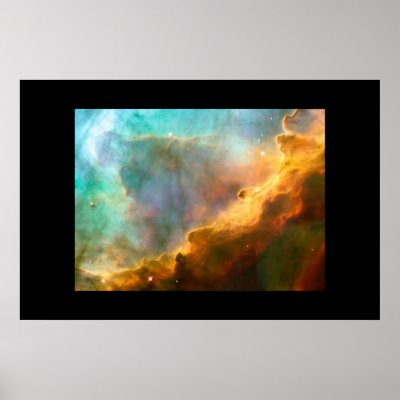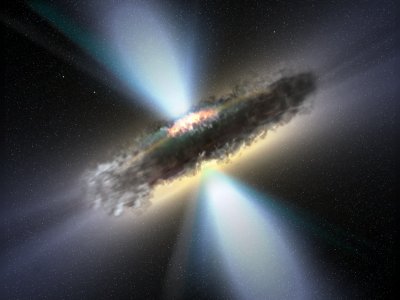
It all starts with the stellar nursery. Gravity is the first recognizable characteristic of the star-to-be. As gravity pulls the atoms around a central clump, there are collisions between the hydrogen atoms. This collision creates another essential force, pressure. After the clump becomes bigger and bigger, it starts to create a proto-star. The proto-stars’ gravity pulls dust and gas to the core. The temperature increases due to collisions between the hydrogen atoms. As this happens, the density increases, as does the gas pressure. The gas pressure resists the collapse of the nebula. When the gas pressure equals the force of gravity, creating an equilibrium, the accretions stops.
This star turned out to be a Sun-like star. If it wasn’t murdered it would have gone from a stellar nursery to a proto star, then from a proto star to a solar type star, then from the solar type star to a red giant, then from a red giant to a planetary nebula to a white dwarf, than from a white dwarf to a type 1a SNR.
Unfortunately this will not happen for this star. The equilibrium between gravity and pressure had become unbalanced. The pressure overtakes the gravity due to the complexity of the fusions taking place in the suns. After all the hydrogen’s fuse into helium, the helium must turn into beryllium. The fusions become too complex for the sun so the pressure of the sun murders the gravity. The unbalance causes the sun to explode causing another stellar nursery. This will repeat the cycle causing new suns to be born.





